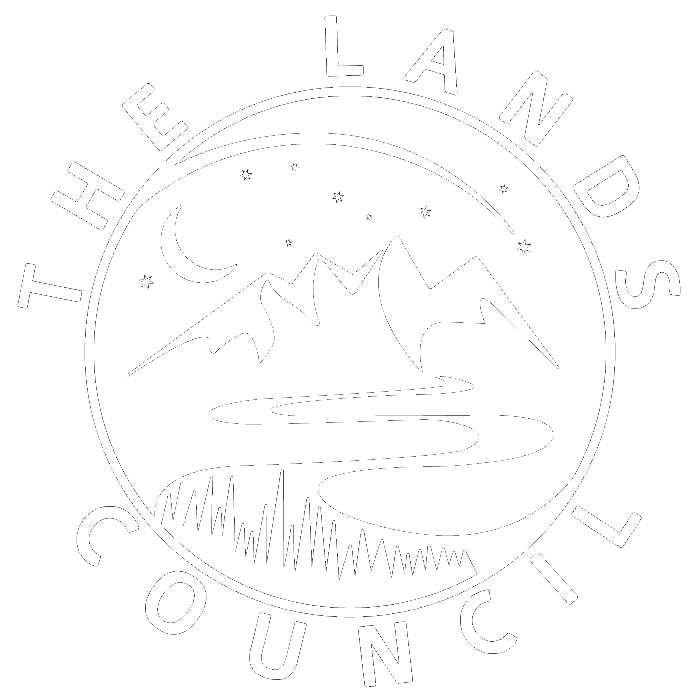By Adam Gebauer
On Tuesday, the US House passed the Recovering America’s Wildlife Act, RAWA. This bipartisan conservation bill will fund $1.3 billion dollars annually to states, territories, and tribes to restore, protect, and conserve wildlife and wildlife habitat.
This could be the biggest funding mandate for wildlife conservation since the Pittman-Robertson Wildlife Act of 1937 which puts an 11% tax on firearms, ammo, and archery equipment in order to fund state wildlife programs. Through the Pitman-Robertson Act, as well as licenses and tags, hunters and anglers have historically funded the bulk of wildlife conservation on the state level. This has lead most state wildlife agencies to focus much of their work on game species. Although hunters and anglers have made great strides for conservation, there are fewer than there once were, and there are many more species than just game species that need support from these agencies.
“Right now, the United States is facing an unprecedented biodiversity crisis. We’ve already seen our nation’s beautiful monarch butterfly population plummet, and we’ve lost nearly 3 billion birds since 1970. Without significant a change in the way we finance conservation, more of the animals and wildlife we hold dear to our heart will become endangered,” said Debbie Dingell House sponsor of the bill.
RAWA will now move to the Senate where Senators Martin Henrich of NM (D) and Roy Blunt of MO (R) have introduced the bill. We must urge our senators to pass this much needed bill to modernize funding for wildlife conservation!
According to the House fact sheet ,the Recovering America’s Wildlife Act would:
Provide Tribes critical funding for wildlife conservation. RAWA provides a $97.5 million annual non-competitive Tribal Wildlife Conservation and Restoration grant program to assist Tribes in carrying out wildlife conservation and habitat restoration efforts.
Protect threatened and endangered species. At least 15% of RAWA funding must be spent on species that are listed under the Endangered Species Act or are considered threatened or endangered under Tribal law.
Make wildlife conservation more effective and cost-efficient. RAWA funding will help states, territories, and Tribes put conservation measures in place for species before they become threatened or endangered, making species protection less difficult and less costly. RAWA will also provide much-needed funding for non-hunted species.
Address climate change by building more resilient ecosystems. State Wildlife Action Plans often include habitat restoration projects (e.g., removing invasive species, fighting wildlife disease) that simultaneously benefit forest, watershed, and coastal health. These improvements help make ecosystems more resilient to severe weather events caused by climate change, including wildfires, hurricanes, and drought.
Boost the outdoor economy. By supporting wildlife conservation, RAWA funds will boost our $887 billion outdoor economy, which already supports over 7.6 million jobs and is fueled by more than 100 million American wildlife enthusiasts, hunters, anglers, birders, and hikers. A portion of the funds will also support wildlife education.

